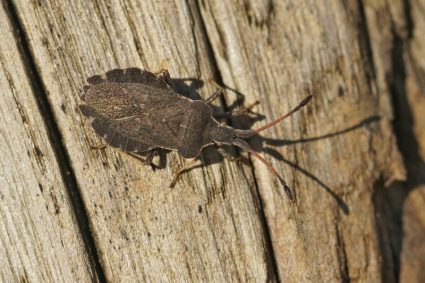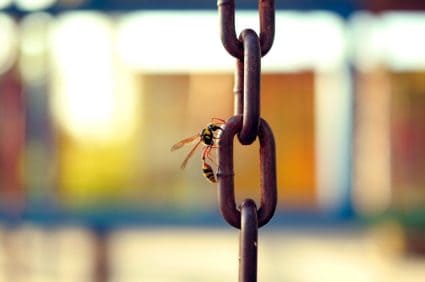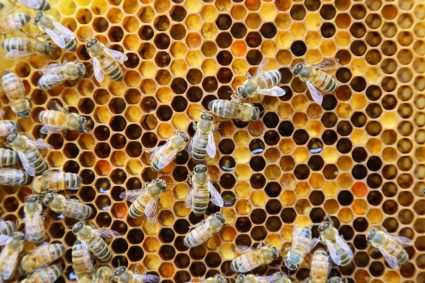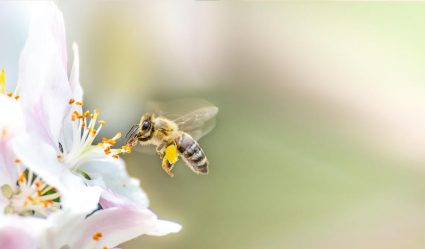
Coyotes, known for their adaptability and opportunistic hunting behavior, have been a subject of intrigue and concern for many pet owners, particularly those with dogs. As their habitats continue to overlap with human settlements due to urbanization, encounters between coyotes and domestic dogs have seen a noticeable increase. In this comprehensive guide, we delve into the reasons why coyotes might prey on dogs and how dog owners can protect their furry friends from these wild canids.
Coyotes may prey on dogs due to shrinking habitats and food sources, opportunistic hunting behavior, the size of the dog, and attraction to dog feces and food. Smaller dogs and certain breeds are more susceptible to coyote attacks. However, with preventive measures such as avoiding feeding wildlife, supervising dogs outdoors, using non-retractable leashes, and installing coyote-proof fencing, the risk can be significantly reduced.
Natural Diet and Hunting Behavior of Coyotes
Coyotes are omnivores with a diverse diet that primarily consists of small mammals, birds, reptiles, insects, and a significant amount of plant matter. They have a distinct hunting behavior called “mousing,” where they listen for the movements of small rodents underground then pounce on them. However, as they have adapted to urban and suburban environments, their diet has evolved to include human-related food sources, such as garbage and pet food left outside. This adaptability has allowed them to survive and thrive in various environments, making the most of available food sources.
Reasons Why Coyotes Prey on Dogs
While it’s important to note that coyote attacks on dogs are relatively rare, they do happen, especially in areas where coyotes have become accustomed to human presence and associate people with food. Here are the main reasons why coyotes might prey on dogs:
- Shrinking habitats and food sources: As their natural habitats decrease, coyotes venture closer to human neighborhoods and homes, where dogs can be found.
- Opportunistic hunting: Coyotes are opportunistic hunters and will not hesitate to kill small dogs when given the chance. They carefully stalk their prey and run at speeds of 40 miles-per-hour, nipping at the legs of victims that attempt to escape.
- Size of the dog: Coyotes may view dogs as potential prey, depending mainly on the size of the dog. Smaller dogs are more likely to be targeted by coyotes.
- Attraction to dog feces and food: Dog feces and leftover dog food can attract coyotes to a property, increasing the likelihood of an encounter with dogs.
Dog Breeds and Sizes at Risk
Certain dog breeds and sizes are more at risk of being preyed on by coyotes. Smaller dogs and puppies are particularly vulnerable to coyote attacks. Breeds such as Yorkshire terriers, Shih Tzus, Chihuahuas, Pomeranians, Dachshunds, Pugs, and Maltese dogs are more susceptible to coyote attacks. However, even medium and large-sized dogs might not be entirely safe in neighborhoods with a high coyote population, as coyotes sometimes hunt in packs and can take down dogs as big as 70 lbs or more.
Preventative Measures to Protect Dogs from Coyotes
To protect your dog from coyotes, there are several preventative measures you can take:
- Avoid feeding wild animals: Feeding wildlife attracts coyotes to neighborhoods and yards.
- Don’t feed your dog outside: If you must feed your pet outdoors, do it during daylight hours and remove leftover food immediately.
- Supervise your dog: Always keep an eye on your pet when they are outside and don’t let them wander too far away.
- Use a non-retractable leash: Retractable leashes don’t offer enough control if your dog encounters a coyote. Keep your pet on a short leash during walks.
- Avoid walking during twilight hours: Coyotes are more active during dawn and dusk. Walk your dog after sunrise and before sunset.
- Clean up your yard: Remove dog feces, fallen fruit, and secure garbage cans to avoid attracting coyotes.
- Install coyote-proof fencing: Surround your yard with a fence that is buried deep enough and has an anti-climbing top to prevent coyotes from entering.
- Use a coyote vest: Consider using a spiked coyote vest or collar to protect your dog from potential attacks.
Community Management of Coyotes and Domestic Dogs
Coyotes and dogs can coexist peacefully with the right community management strategies. These include educating residents about coyote behavior, encouraging responsible pet ownership, implementing hazing techniques to deter coyotes, and collaborating with local authorities to develop and implement community-wide coyote management plans.
Conclusion
Coyotes preying on dogs is a complex issue influenced by factors such as urbanization, human behavior, and the adaptability of coyotes. While the risk is relatively low, it is essential for pet owners to be aware of it and take necessary precautions to safeguard their pets. By understanding coyote behavior, implementing preventive measures, and promoting responsible pet ownership, we can foster a peaceful coexistence between coyotes and our beloved dogs.
Frequently Asked Questions
What should I do if I encounter a coyote while walking my dog?
If you encounter a coyote while walking your dog, it’s important to remain calm and assertive. Keep your dog close to you and avoid turning your back on the coyote. Make yourself appear larger by raising your arms and make loud noises to scare it away. Do not run as this could trigger a chase instinct.
Can coyotes climb over fences?
Yes, coyotes are excellent climbers and jumpers. A fence needs to be at least 6 feet high with a roller bar or overhang to prevent coyotes from climbing over. The fence should also extend at least 6 inches underground to deter them from digging under it.
Is it safe to use repellents to keep coyotes away from my property?
Yes, the use of certain repellents can be effective in deterring coyotes. These can include motion-activated sprinklers, lights, and noise-makers. However, it’s important to remember that these are temporary solutions and should be used in conjunction with other preventative measures.
What is the breeding season of coyotes and does it affect their behavior towards dogs?
Coyotes typically breed between January and March. During this time, they can become more territorial and aggressive to protect their mates and pups, which could potentially increase the risk of encounters with dogs.
Are there any laws against killing coyotes?
The laws regarding killing coyotes vary by location. In some areas, it’s legal to kill a coyote if it poses a threat to your property or pets. However, in other areas, it’s illegal to harm or kill coyotes without a specific permit. Always check with your local wildlife authorities to understand the laws in your area.











